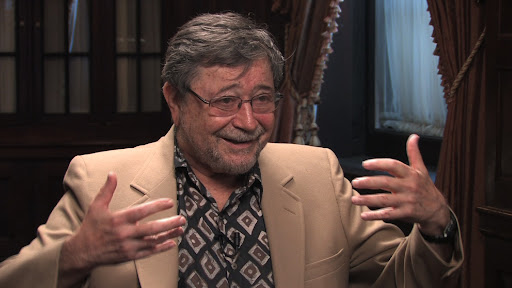
by Admin | Sep 17, 2021 | Chronicles, News
This week in The History of AI at AIWS.net – computer scientist Judea Pearl published Probabilistic Reasoning in Intelligent Systems in 1988. The book is, according to the publisher, about “the theoretical foundations and computational methods that underlie plausible reasoning under uncertainty.” The book covers topics such as AI systems, Markov and Baynesian networks, network propagation, and more. The Association for Computing Machinery (ACM) hailed the book as “[o]ne of the most cited works in the history of computer science” and that it “initiated the modern era in AI and converted many researchers who had previously worked in the logical and neural-network communities.”
1988 falls under the end of the second boom of AI, with the promotion of the Strategic Computing Initiative, Japan’s Fifth Generation, and other counterparts from other countries. The bust that followed it, known as the Second AI winter, lasted from the late 1980s to 1993. This bust was due to the perceptions of governments and investors, who believed that the field was failing, despite the fact that advances were still made.
Judea Pearl is a renowned Israeli-American computer scientist. He is a pioneer into Baynesian networks, probabilistic approaches to AI, and causal inference. He is also known for his other books, Causality: Models, Reasoning, and Inference (2000) and The Book of Why: The New Science of Cause and Effect (2018). Professor Pearl won the Turing Award, one of the highest honours in the field of computer science, in 2011, for his works into AI through probabilistic and causal reasoning. He is a Chancellor’s Professor at UCLA.
Probabilistic Reasoning in Intelligent Systems (1988) can be accessed through the ACM digital library, which also has other resources on computer science and AI.
Due to the impact that the book has, the History of AI initiative considers it an important marker in AI history. Professor Judea Pearl is one of the most influential computer scientists around the world. He is a Mentor of AI World Society Innovation Network (AIWS.net). Professor Pearl resides on the History of AI Board. He was honored as 2020 World Leader in AI World Society by Michael Dukakis Institute and the Boston Global Forum.

by Admin | Sep 11, 2021 | Chronicles, News
This week in The History of AI at AIWS.net – the Dartmouth Summer Research Project on Artificial Intelligence was proposed. The proposal was submitted on September 2, 1955, but written on August 31, 1955. It was the collaboration of John McCarthy, Marvin Minsky, Nathaniel Rochester, and Claude Shannon, who would all go on to become important AI pioneers. John McCarthy and Marvin Minsky came from academic backgrounds (Dartmouth and Harvard respectively). On the other hand, Nathaniel Rochester (IBM) and Claude Shannon (Bell Telephones) were tied to corporations.
This proposal was the first instance of the phrase Artificial Intelligence being used officially. The document names direct some aspects of AI – automatic computer, how can a computer can be programmed to use a language, neuron nets, theory of the size of calculation, self improvements, and randomness and creativity. The research proposal asked for funding from sources such as the Rockefeller Foundation. Their estimated cost was $13,500 (not calculated for inflation)
The document called for a “2 month, 10-man study of Artificial Intelligence” in the summer of 1956 (the year following this document’s publication) at Dartmouth College. During this study, researchers will try to connect computer and information sciences with the brain. Each originator of the document wrote their own research proposal.
This event marks one of the beginnings of AI – the conception of what AI is and AI could be. It is the prelude to the big event of AI, the Dartmouth Conference. Without a seminal source like this, AI would not exist or may have taken a different direction entirely. The program, History of AI, owes a debt to the document.
A PDF of this proposal can be found here.
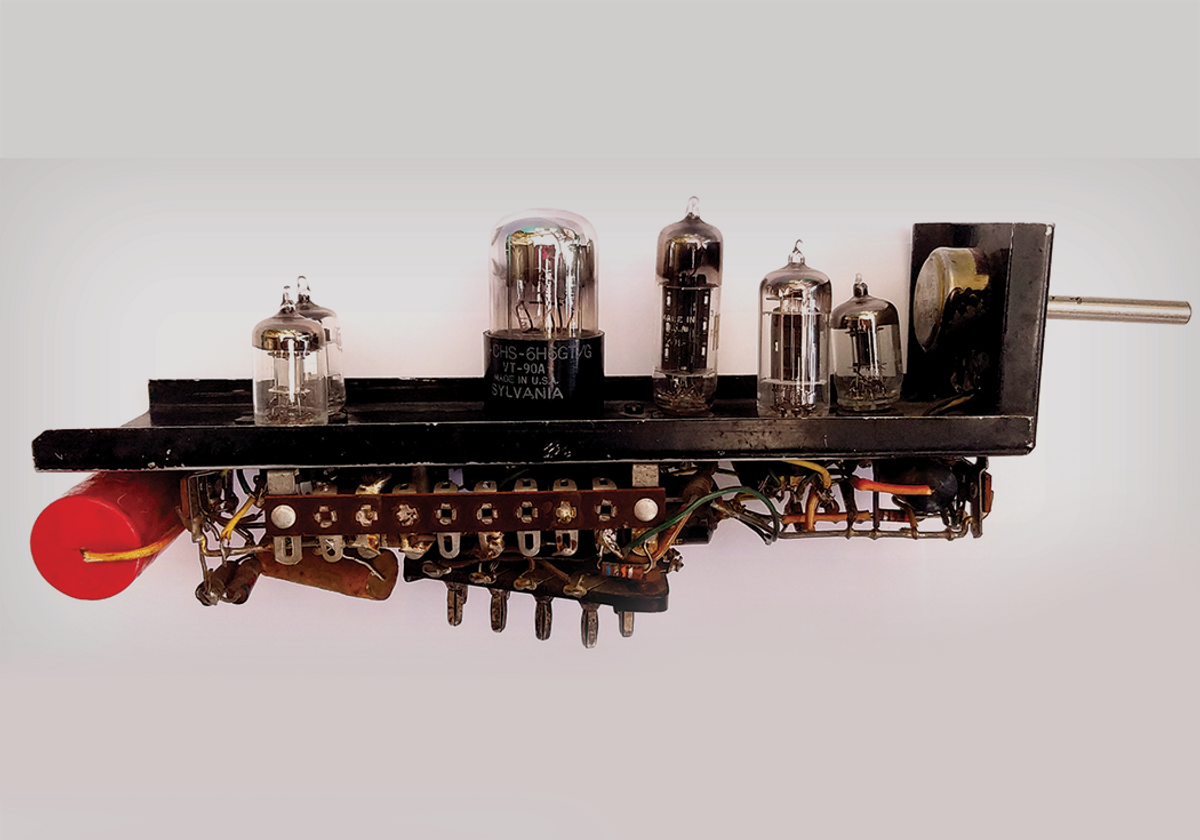
by Admin | Sep 3, 2021 | Chronicles, News
This week in The History of AI at AIWS.net – Marvin Minsky and Dean Edmonds built SNARC, the first artificial neural network, in 1951. SNARC stands for the Stochastic Neural Analog Reinforcement Calculator. It is a neural net machine, which itself is a randomly connected network of 40 Hebbs synapses. The idea to develop the machine was from a letter by Minsky to George Armitage Miller, who then got funding from the Air Force Office of Scientific Research. Dean Edmonds volunteered to help, as he was good with electronics.
Marvin Minsky was a graduate student in mathematics at Princeton at the time of this project. He would go on to be an important pioneer in the field of AI. He penned the research proposal for the Dartmouth Conference, which coined the term “Artificial Intelligence”, and he was a participant in it when it was hosted the next summer. Minsky would also co-founded the MIT AI labs, which went through different names, and the MIT Media Laboratory. In terms of popular culture, he was an adviser to Stanley Kubrick’s acclaimed movie 2001: A Space Odyssey. He won the Turing Award in 1969.
Dean Edmonds was a graduate student in physics at Princeton at the time of the project. Although there is not many information about him, he wrote a short piece about his time around academia, which also details his contacts with Minsky and SNARC. George Armitage Miller, who helped get funding for the project from the Air Force, was an American psychologist. He was a pioneer in the field of cognitive psychology and cognitive science.
This project is important to the History of AI as SNARC machine was one of the first experiments in the Artifical Intelligence. Furthermore, Marvin Minsky would become one of the founders of AI. HAI considers this an eventful project in the early development of AI.
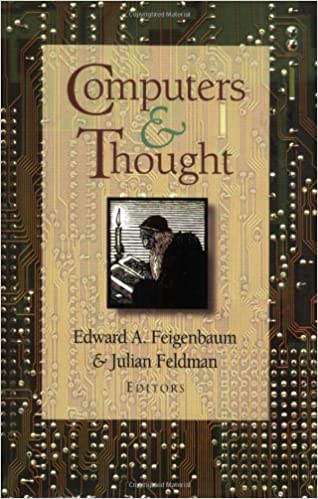
by Admin | Aug 27, 2021 | Chronicles, News
This week in The History of AI at AIWS.net – in 1963 Edward Feigenbaum and Julian Feldman published Computers and Thought, a book composed of articles on Artificial Intelligence, the first of its kind. Feigenbaum and Feldman edited and wrote some of the articles but they were not the the only contributors. Computers and Thought includes 20 articles from notable AI pioneers such as Alan Turing, Marvin Minsky, Allan Newell, Herbert Simon, and others.
Edward Feigenbaum is an American computer scientist focused on Artificial Intelligence. He studied at Carnegie Mellon University for both his B.S. and Ph.D., with Herbert Simon, an AI pioneer, as his doctoral advisor. He would go on to work at UC Berkeley and Stanford, the latter where he became Professor Emeritus of Computer Science (since 2000). Feigenbaum received the ACM Turing Award in 1994 with Raj Reddy for pioneering in AI and demonstrating its commercial potential.
Julian Feldman is an American computer scientist with an eye on Artificial Intelligence. Feldman studied at the University of Chicago for his undergrad; received an M.A. in political science; before going to Carnegie Mellon’s Graduate School of Industrial Administration for his Ph.D. He held a tenured position at UC Berkeley, before leaving it to help build UC Irvine, where he would create its Information and Computer Sciences department, the first ICS school in the UC system. Feldman also wrote papers and articles on connectionism, a fairly contentious topic within AI and computer science.
The HAI Initiative considers this book an important event in the history of AI due to its culmination of various thoughts on AI from its pioneers. Feigenbaum and Feldman themselves are also notable figures in the development of artificial intelligence.

by Admin | Aug 20, 2021 | Chronicles, News
This week in The History of AI at AIWS.net – Frank Rosenblatt developed the Perceptron in 1957. It is a form of neural network that allowed pattern-recognition.
Frank Rosenblatt was an American psychologist. Born in 1928, Rosenblatt would go on to study at Cornell University for both his undergraduate studies and doctorate. He worked at Calspan, then the Cornell Aeronautical Laboratory, where he was a psychologist and became the head of one of the departments there. This lab is also where he would develop perceptrons. In 1959, he went to work at the Cornell campus on Ithaca, becoming a professor and director of programs. Rosenblatt passed away in 1970.
The Perceptron is a device that was built with biological principles ability to learn in mind. It was originally simulated on an IBM machine in 1957. Rosenblatt received media recognition and coverage for the Perceptron, with magazines such as the New Yorker proclaiming that it was “a remarkable machine… capable of what amounts to thought.” However, Marvin Minsky and Seymour Papert put a damper on the enthusiasm for Perceptrons when they published a book describing its limitations. The utility of Peceptrons is still discussed to this day, with some even claiming that it was ahead of its time.
This development is considered an event in the history of AI since Perceptrons were seen as one of the precursors to artificial intelligence. It also displays the early thought and reception to the growing AI field. Thus, the HAI initiative considers this event one of the events in the History of AI.
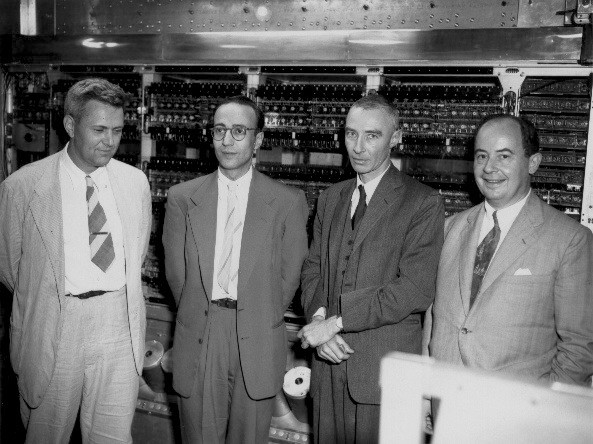
by Admin | Aug 14, 2021 | Chronicles, News
This week in The History of AI at AIWS.net – the Dartmouth Conference ended on 17th August 1956. This gathering lasted the entire summer at Dartmouth College in Hanover, New Hampshire, having started on 16th June.
The Dartmouth Conference was originally dreamt up by John McCarthy, Marvin Minsky, Nathaniel Rochester, and Claude Shannon. They envisioned a workshop to connect computer and information sciences with the brain. In addition to asking for funding, they also determined that Dartmouth College was the location to host such event.
At the actual event, various attendees came and go throughout the approximate eight weeks the workshop ran for. On weekdays, the participants had the top floor of the Mathematics Department at Dartmouth College to present their ideas, as well as having general discussions held. Participants and members (outside of the authors) of the discussions and presentations included, but not limited to, Ray Solomonoff, Arthur Samuel, Herbert Simon, Allen Newell, and Oliver Selfridge.
This end of this workshop marks one of the beginnings of AI – the conception of what AI is and AI could be. The attendees from the event discussed and brainstormed ideas on artificial intelligence, which they would bring back to their respective colleges and universities. Without a seminal event like this, AI would not exist or may have taken a different direction entirely. Thus, the HAI project considers the Conference an event in the History of AI.
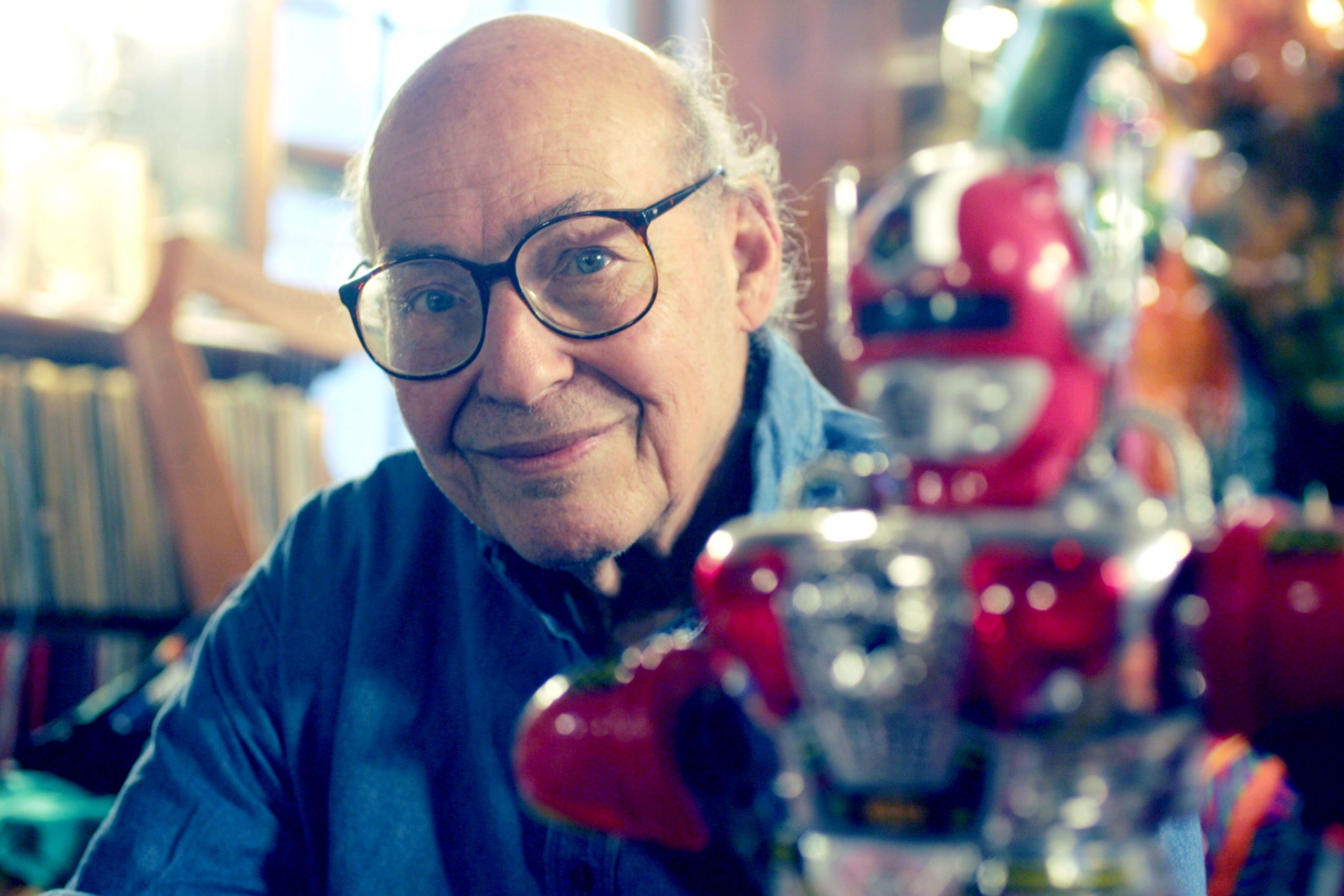
by Admin | Aug 6, 2021 | Chronicles, News
This week at the History of AI – Marvin Minsky was born on 9th August, 1927. Minsky was one of the most influential AI scientists.
Marvin Minksy was an important pioneer in the field of AI. He penned the research proposal for the Dartmouth Conference, which coined the term “Artificial Intelligence”, and he was a participant in it when it was hosted the following summer. Minsky would also co-founded the MIT AI labs, which went through different names, and the MIT Media Laboratory. In terms of popular culture, he was an adviser to Stanley Kubrick’s acclaimed movie 2001: A Space Odyssey. He won the Turing Award for his influence on AI in 1969, as well as the Benjamin Franklin Medal in 2011.
Marvin Minsky was one, if not the, most important figure in the development of Artificial Intelligence, as outlined above. His contributions to the Dartmouth Conference, as well as his works at MIT. Furthermore, he was one of the most famous face for AI development to the public and in popular culture. Thus, the HAI project considers his birth an event in the History of AI.
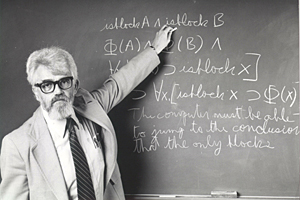
by Admin | Jul 30, 2021 | Chronicles, News
This week in The History of AI at AIWS.net – John McCarthy proposed the “advice taker” in his paper “Programs with Common Sense.” This hypothetical program was the first to use logic to represent information. The paper was published in 1959.
John McCarthy was an American computer scientist. He, along with Minsky and others, co-wrote the proposal for the Dartmouth Conference, and participated in it. McCarthy also developed the Lisp programming language. He spent most of his career at Stanford after working at Dartmouth and MIT. McCarthy won the Turing Award in 1971.
McCarthy wrote and published the paper while he was a part of the Computer Science at Stanford University. It can be viewed and downloaded here.
The HAI initiative considers this an event in the history of AI due to the paper being one of the earliest developments in artificial intelligence. Furthermore, John McCarthy is one of the pivotal figures in the growth of the field, having been there at the Dartmouth Conference.
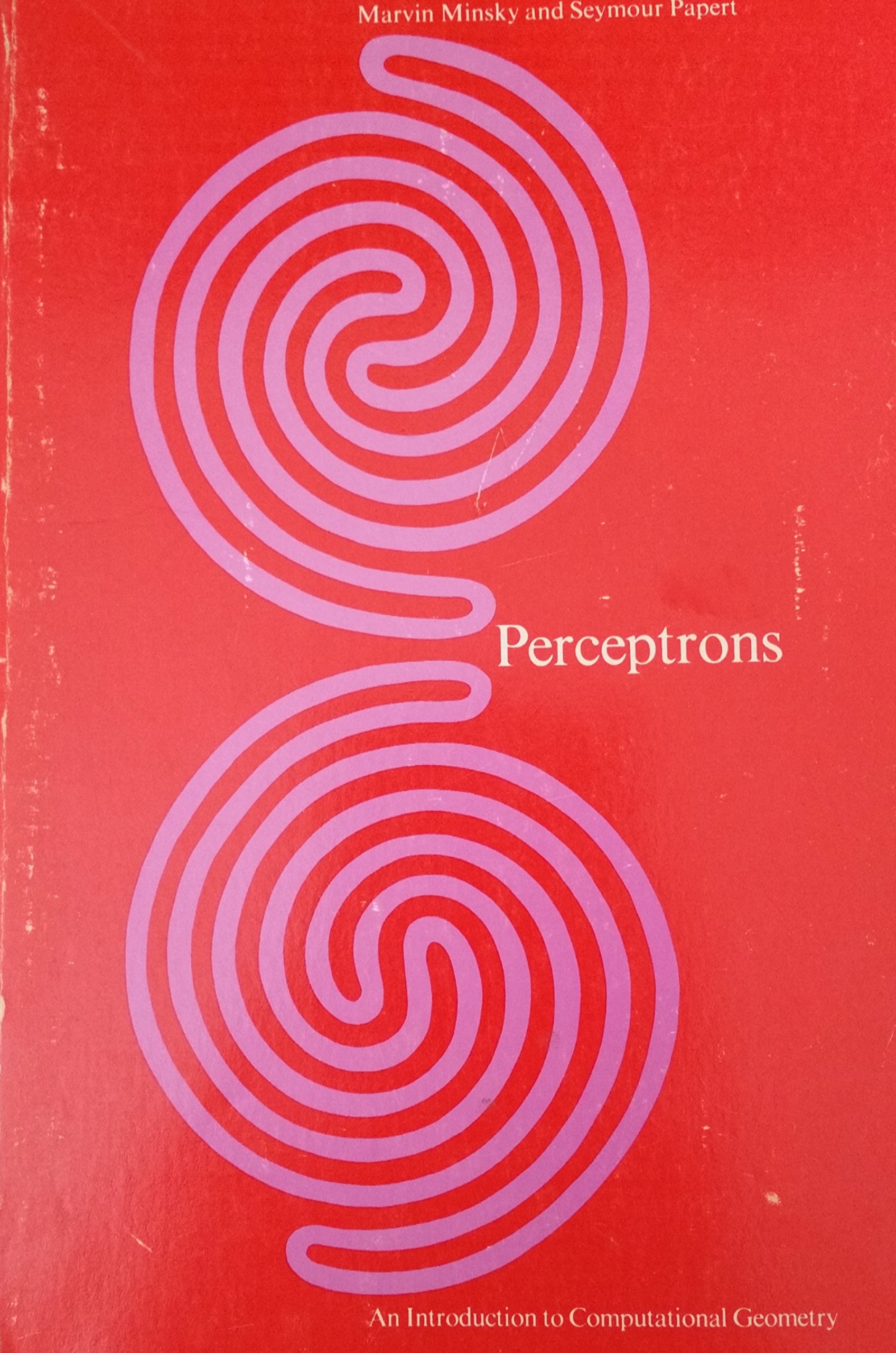
by Admin | Jul 23, 2021 | Chronicles, News
This week in The History of AI at AIWS.net – Marvin Minsky and Seymour Papert published Perceptrons in 1969. The book explored the concept of the “perceptron”, but also highlighted its limitations. It was also pessimistic in its predictions for AI, and was thought to have been a cause for the first AI winter. There was a revised and expanded edition published in 1988, which added a chapter countering criticisms of the book made in the twenty years after its publication.
Marvin Minksy was an important pioneer in the field of AI. He penned the research proposal for the Dartmouth Conference, which coined the term “Artificial Intelligence”, and he was a participant in it when it was hosted the next summer. Minsky would also co-founded the MIT AI labs, which went through different names, and the MIT Media Laboratory. In terms of popular culture, he was an adviser to Stanley Kubrick’s acclaimed movie 2001: A Space Odyssey. He won the Turing Award in 1969.
Seymour Papert was a South African-born mathematician and computer scientist. He was mainly associated with MIT for his teaching and research. He was also a pioneer in Artificial Intelligence. Papert was also a co-creator of the Logo programming language, which is used educationally.
The History of AI initiative considers this publication important because it furthered discourses on AI, specifically on perceptrons. The book was also a cause for the first AI winter, a pivotal event in the history of AI. Furthermore, Marvin Minsky was one of the founders of AI. Thus, HAI sees Perceptrons as meaningful in the development of Artificial Intelligence.
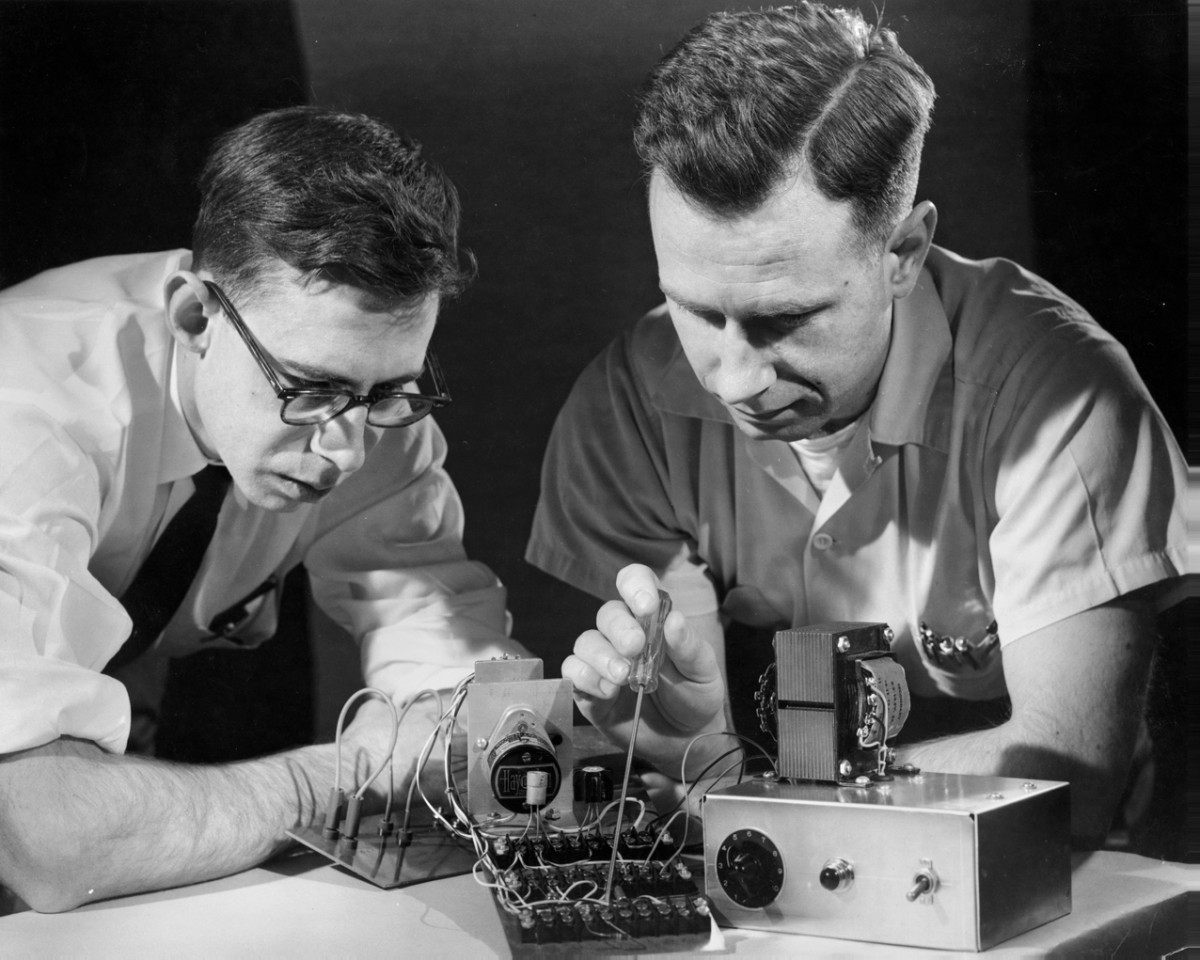
by Admin | Jul 16, 2021 | Chronicles, News
This week in The History of AI at AIWS.net – Frank Rosenblatt developed perceptrons in 1957. It is a form of neural network that allowed pattern-recognition.
Frank Rosenblatt was an American psychologist. Born in 1928, Rosenblatt would go on to study at Cornell University for both his undergraduate studies and doctorate. He worked at Calspan, then the Cornell Aeronautical Laboratory, where he was a psychologist and became the head of one of the departments there. This lab is also where he would develop perceptrons. In 1959, he went to work at the Cornell campus on Ithaca, becoming a professor and director of programs. Rosenblatt passed away in 1970.
The Perceptron is a device that was built with biological principles ability to learn in mind. It was originally simulated on an IBM machine in 1957. Rosenblatt received media recognition and coverage for the Perceptron, with magazines such as the New Yorker proclaiming that it was “a remarkable machine… capable of what amounts to thought.” However, Marvin Minsky and Seymour Papert put a damper on the enthusiasm for Perceptrons when they published a book describing its limitations.
This development is considered an event in the history of AI since Perceptrons were seen as one of the precursors to artificial intelligence. It also displays the early thought and reception to the growing AI field. Thus, the HAI initiative considers this event one of the events in the History of AI.









